After years of record-breaking installation totals and double-digit growth, .growth in the U.S. solar industry is expected to be relatively flat over the next decade, said Sylbia Leyva Martinez, principal analyst, Wood Mackenzie at the company’s annual solar and energy storage summit.
Wood Mackenzie said in 2024, U.S. solar added about 50 GW, a record for the nation, and possibly a peak year. The analyst group projects that the U.S. will now add between 40 GW and 50 GW of average annual installations, declining annually through 2028 before resuming modest growth through the end of the decade and mid 2030s.
This represents nearly tripling the total cumulative solar capacity installed in the United States through the end of 2024, which the Solar Energy Industries Association said reached 236 GW.
However, Wood Mackenzie warned that policy outcomes change this forecast significantly.
“Our forecasts show a potential 24% upside in the high scenario and a 25% downside in the low scenario compared to our base case,” said Leyva Martinez. “The future of the Inflation Reduction Act (IRA) and other policy measures will play a key role in project materialization, and many things can change during this uncertain policy environment.”
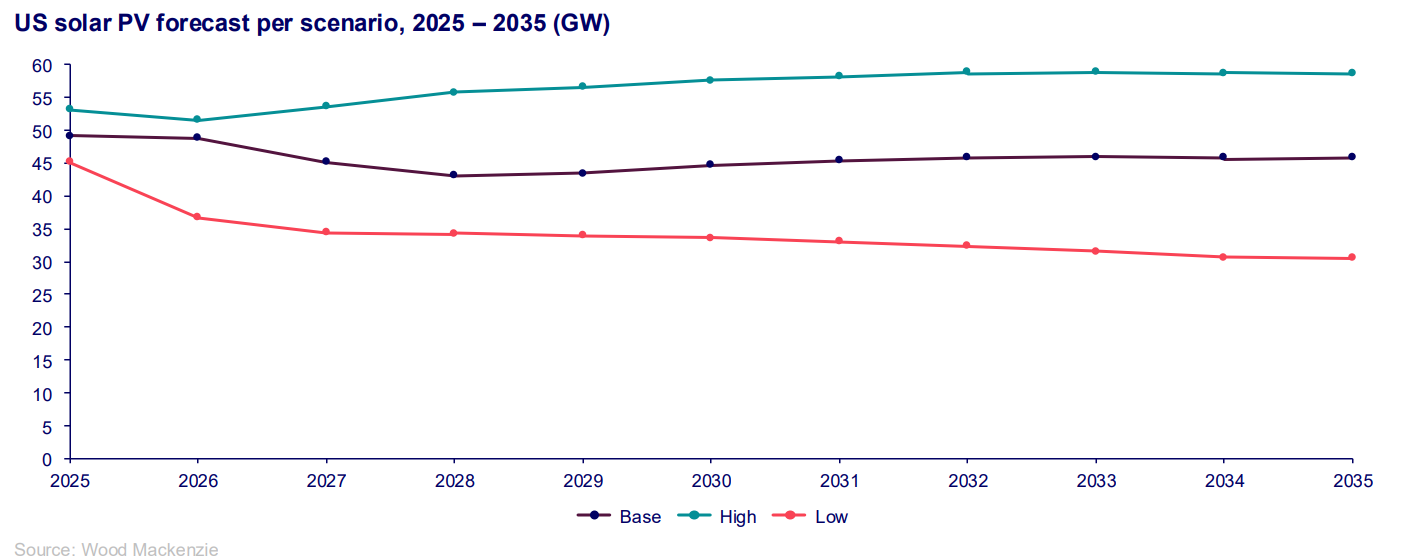
Leyva Martinez highlighted key uncertainties that account for the wide spread in forecast outcomes, including:
- Meeting the exponential load growth expected in the coming years
- Potential shortage of gas turbines before 2029
- Political uncertainty, particularly regarding tariffs
- The future of tax credits and other IRA provisions
Much of the projected exponential growth in electricity demand is driven by AI datacenters, with electrification also playing a role, said Wood Mackenzie.
“The Trump administration will need to balance its AI and data center ambitions with the energy reality,” Leyva Martinez concluded. “These mixed market and policy dynamics are driving uncertainty in solar project development, and the industry will need to navigate these challenges carefully.
Persistent challenges related to grid interconnection delays and labor availability may also constrain future development, said Wood Mackenzie.
Manufacturing
Leyva Martinez noted the rapid growth of U.S. solar manufacturing capacity. She said module manufacturing capacity is projected to increase from 17 GW in 2023 to potentially 144 GW by 2027, with additional growth in wafer and cell manufacturing capacities.
“We’ve seen exponential growth in domestic manufacturing over the past three years,” said Leyva Martinez. “However, challenging trade policies may jeopardize new investments in the sector.”
Solar manufacturing also took large strides in 2024, with domestic solar module assembly growing 190% from 14.5 GW at the end of 2023 to 42.1 GW by the end of 2024. Solar manufacturing facilities are largely concentrated in the South, with 8.6 GW of annual production added in Texas and 8.4 GW in Georgia.
This content is protected by copyright and may not be reused. If you want to cooperate with us and would like to reuse some of our content, please contact: editors@pv-magazine.com.
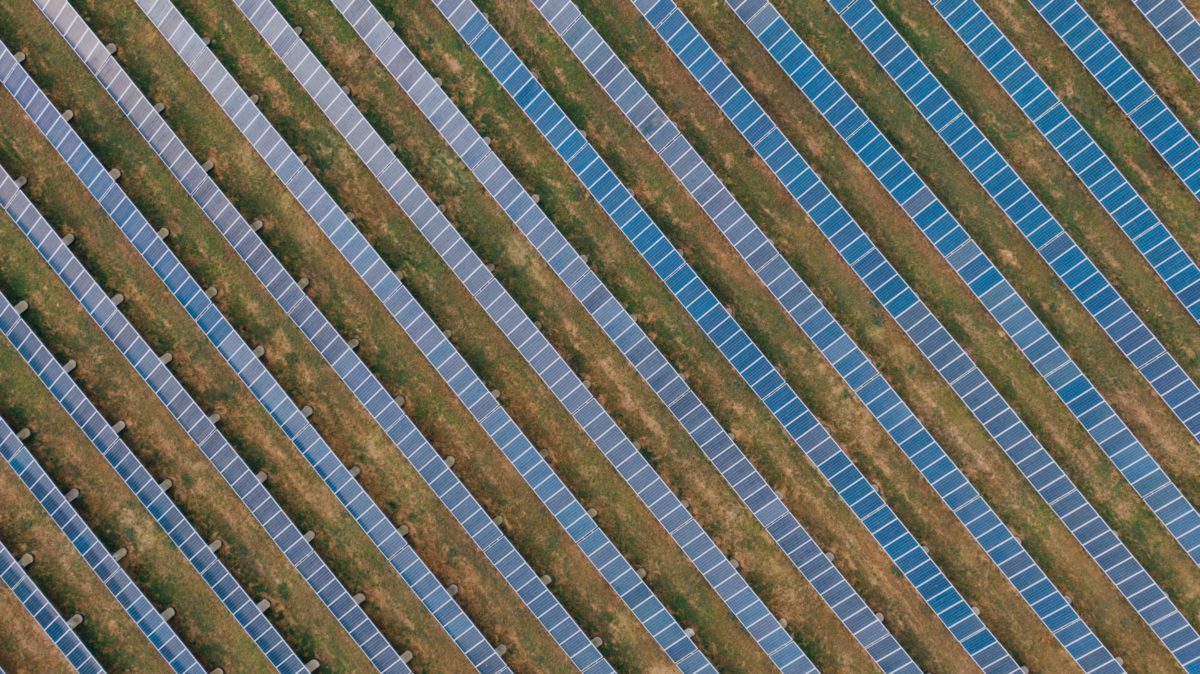




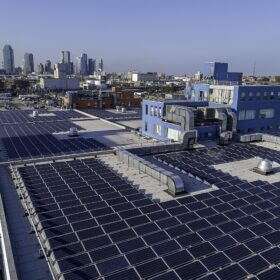
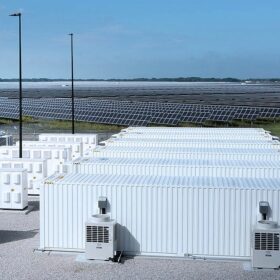

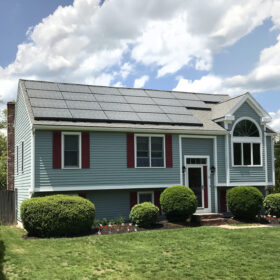
Your data is in conflict with SEIA estimates.
Which one of you is correct?
This growth projection is phenomenal and highly encouraging for the US market. However, with capacity expected to triple, we must seriously address quality control and supply chain logistics, especially in the booming DIY and residential sectors.
Our experience as a solar power energy company https://ecosolarkits.com/, Eco Solar Kits, shows that scaling up quickly puts significant pressure on maintaining equipment standards and fast delivery across various US states. The reliability of the entire solar industry rests on the quality delivered to the homeowner, not just on gigawatts installed nationally.
Providing premium requires strict quality checks and accessible customer support. For quick consultation on system quality or logistics across the US, readers can always reach our team directly. Eco Solar Kits is ready to assist: +1 (307) 317-7213.
We are excited about the future, but cautious about the necessary infrastructure growth to support it.